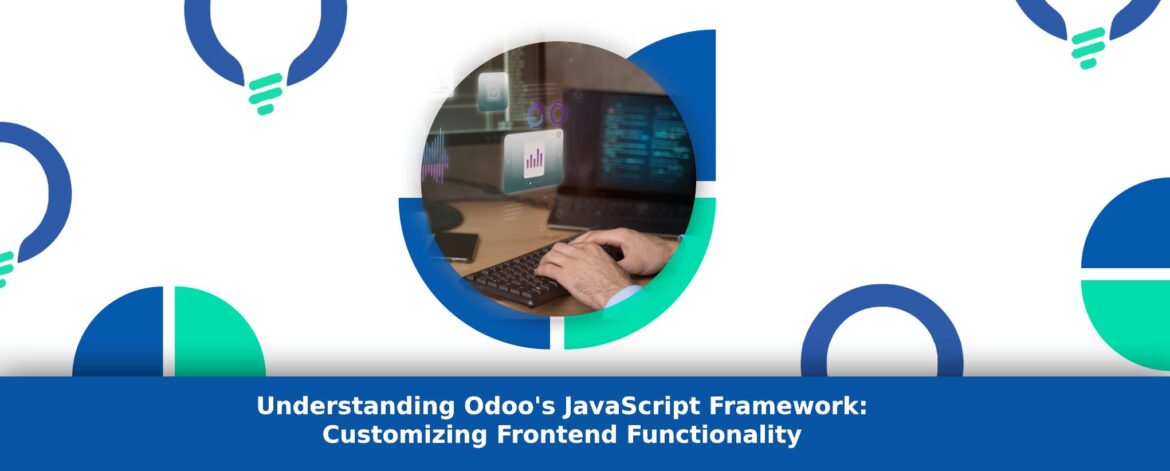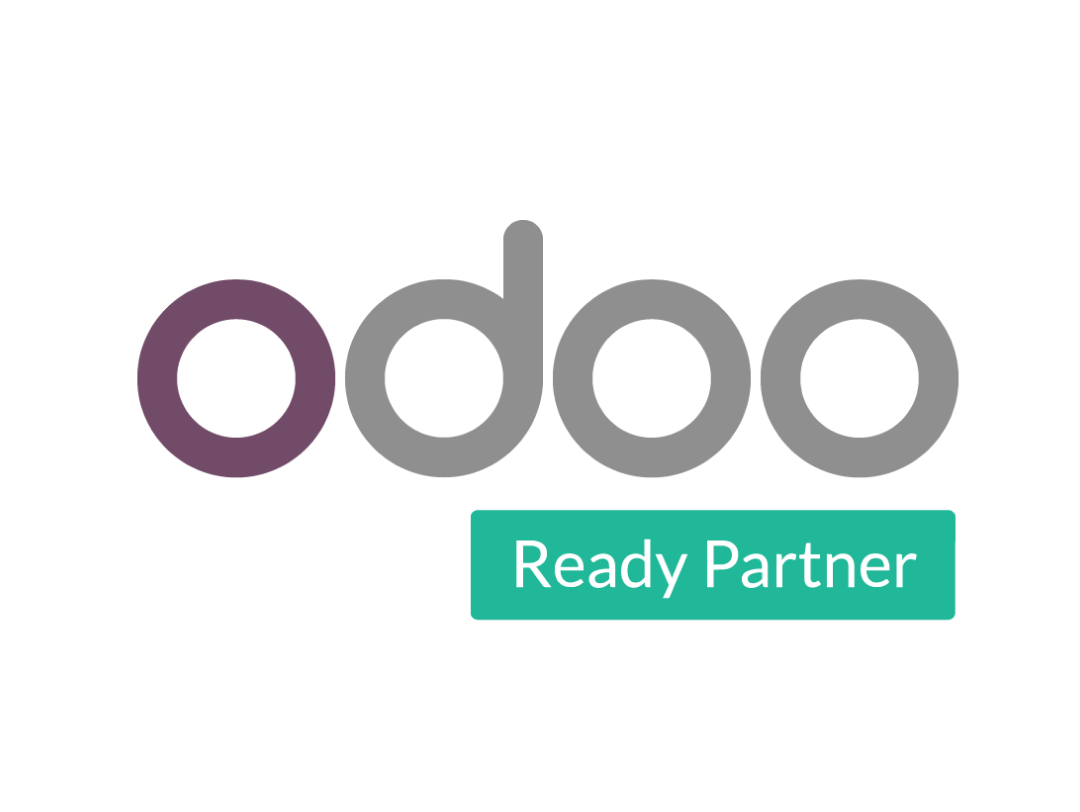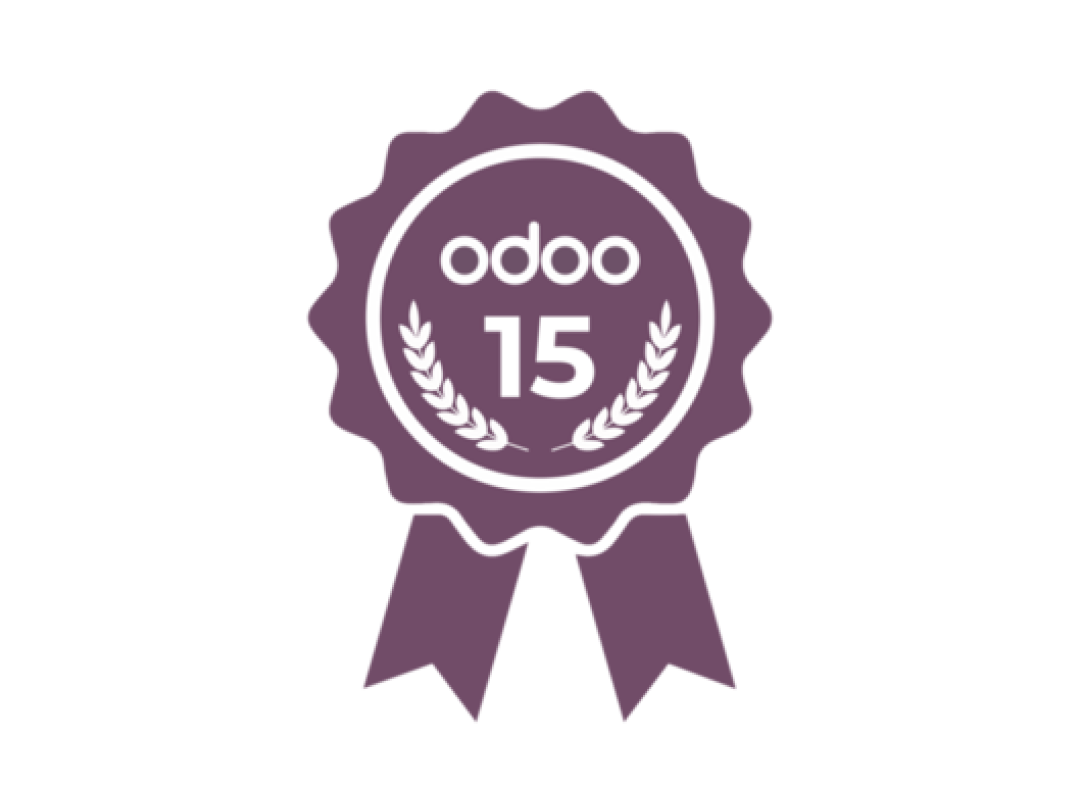When it comes to customizing Odoo’s frontend functionalities, JavaScript stands as a vital tool, allowing developers to craft tailored solutions and improve user experiences. Understanding Odoo’s JavaScript framework is key to unlocking its potential for sound customization. Let’s fish into the basis of this framework and explore how it enables businesses to shape their frontend functionalities.
The Foundation of Odoo’s JavaScript Framework
Odoo’s frontend functionalities are driven by a robust JS framework that encapsulates a myriad of libraries and tools, empowering developers to manipulate and enrich the user interface dynamically. At its core, this framework facilitates the creation of interactive and responsive web applications within the Odoo environment.
Using JavaScript for Customization
Developers utilize the power of JavaScript to customize various aspects of Odoo’s frontend. From modifying UI elements to implementing dynamic functionalities and integrating third-party libraries, JavaScript serves as the foundation for tailoring the user experience according to specific business needs.
Understanding the Modular Approach
One distinctive feature of Odoo’s JavaScript framework is its modular approach. Developers can structure their code into reusable modules, facilitating cleaner code organization and easier maintenance. This modular architecture enhances scalability and agility in frontend development.
Exploring Libraries and Tools
Within Odoo’s JavaScript framework, developers have access to an array of libraries and tools. Libraries like jQuery and Underscore.js empower efficient DOM manipulation and data handling. Additionally, Odoo’s own client-side framework, web.core, offers a cohesive structure for building customized interfaces.
Integrating with Odoo Backend
The synergy between the frontend and backend is crucial for a seamless application. JavaScript enables efficient communication with the Odoo backend through RPC (Remote Procedure Calls) and RESTful APIs, ensuring smooth data exchange and synchronization.
Tailoring User Interface Elements
JavaScript’s versatility allows developers to modify and enhance UI elements easily. Whether it’s creating custom dashboards, interactive forms, or real-time data updates, the framework empowers businesses to craft user interfaces that resonate with their unique requirements.
Mobile Responsiveness and Cross-Browser Compatibility
With JavaScript, ensuring mobile responsiveness and cross-browser compatibility is achievable. Developers utilize responsive design principles and cross-browser testing techniques to create applications that perform optimally across devices and platforms.
Evolving with Odoo Updates
As Odoo evolves, so does its JS framework. Staying updated with the latest versions and enhancements ensures that developers leverage new features, improvements, and optimizations introduced in the framework for enhanced performance and functionality.
As Odoo evolves, so does its JS framework. Staying updated with the latest versions and enhancements ensures that developers leverage new features, improvements, and optimizations introduced in the framework for enhanced performance and functionality.
Conclusion
Odoo’s JavaScript framework serves as a robust toolkit for frontend customization, enabling businesses to sculpt their user interfaces with precision and flexibility. By understanding and harnessing the capabilities of this framework, developers pave the way for tailored solutions that elevate user experiences and drive business success.
Understanding Odoo’s JavaScript framework isn’t merely about coding; it’s about leveraging a powerful toolset to craft immersive and user-centric frontend experiences that align with business objectives.





